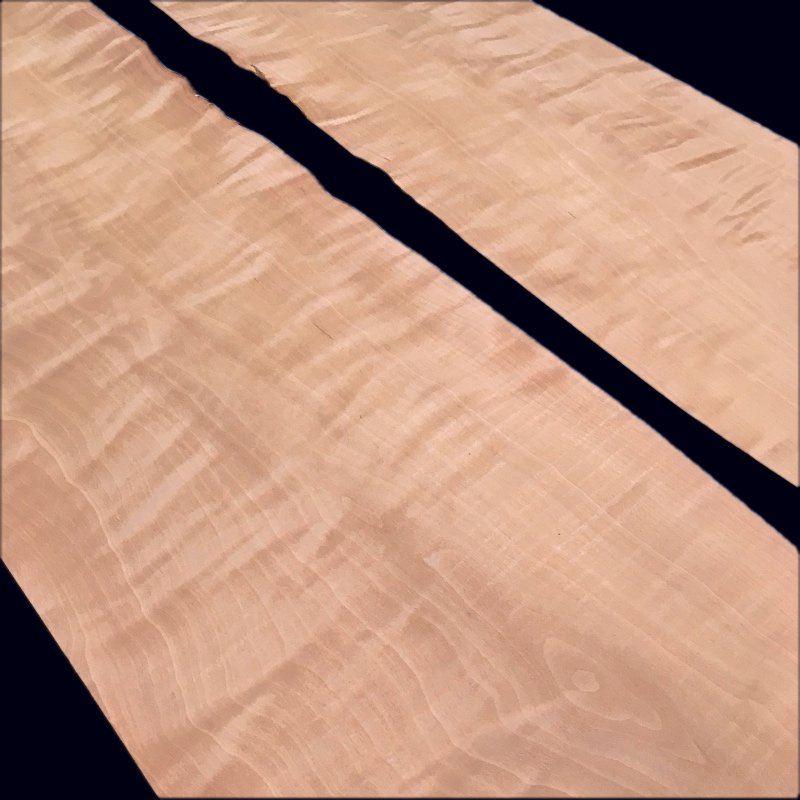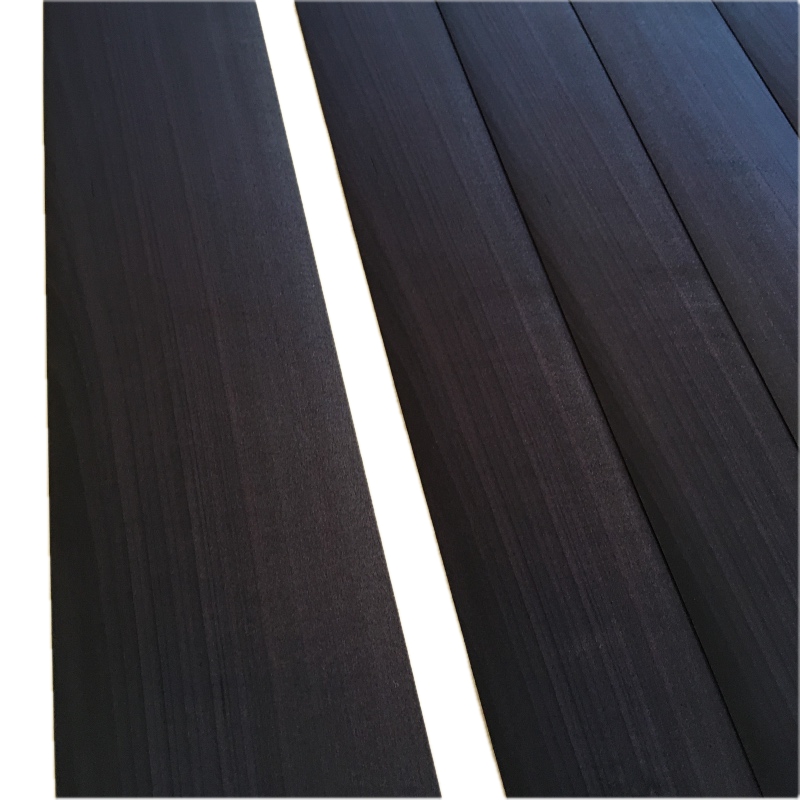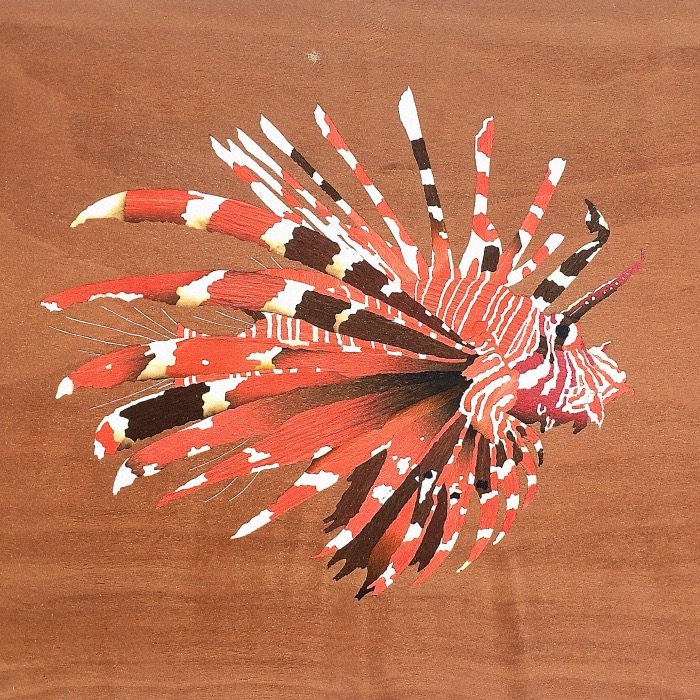Pearwood All The Way
- date_range 3 Jul 2024
- toc News
- remove_red_eye 18960 views
Pearwood All The Way
Pearwood is highly prized in cabinetmaking for its hardness and soft, velvety touch. It also scores points in marquetry, sculpture, and luthery for the same reason!
Let's discover its characteristics and a bit of its history.
The Species:
Common names:
Pearwood, Wild pearwood, Swiss pear, wild service tree, chequers, and checker tree.
Botanical name:
Sorbus torminalis.
Origin:
Pearwood is often the commercial name for Sorbus torminalis (wild pear tree), native to Europe, North Africa, and Asia Minor. Like apple, pear, and cherry trees, it belongs to the Rosaceae family.
Appearance:
Although this wood is dense, it is pleasant to work with. It offers a firm and hard with a velvety touch.

Its natural color is creamy white, but steaming it turns it salmon pink. A colorless varnish will give it a shimmering Venetian blond appearance.
Pearwood is one of those rare woods whose color improves with time, gaining depth and shine.
Pearwood is a prime candidate for being stained black, thus offering a substitute for ebony.

Properties:
Weight: 690 to 800 Kg / m3, average weight at 10 - 12% humidity.
Janka Hardness: 7380 Newton. For comparison, Oak is 4980 N, and Poplar is 1650 N.
Modulus of elasticity: 7.80 GigaPascal. For comparison: Ash 12.31 GPa and Poplar 9.75 GPa.
Uses:
From the 17th century to the present day, pearwood has been used in cabinetmaking, instrument making, and marquetry.
In marquetry, the skin of characters is often done with pearwood.

Today, it is mainly used in refined decoration projects, but it is also sought after for more rustic decorations, using its heartwood, which is more colorful and adorned with a few dark veins.
Some history:
Swiss Pear, A Clever Disguise.
The Pear Tree's Shortcomings in Cabinetmaking
In the world of fine woodworking, the pear tree (Pyrus communis) was once a highly sought-after material for its light color, fine grain, and ease of workability. However, a significant challenge was finding pear trees with sufficiently long trunks. Due to the practical need to keep fruit trees at a manageable height for harvesting, their trunks were often too short for the long planks required in cabinetry.
The Ingenious Solution: Swiss Pear
Enter the Swiss veneer producers, who devised an ingenious solution. They turned their attention to the Wild Service tree (Sorbus torminalis), also known as the serviceberry tree or checker tree. While also producing fruit called chequers, Service tree is a forest tree, meaning its trunk grows tall and straight before branching out.
The Swiss veneer producers subjected the Service tree to a steaming process to further enhance its resemblance to pearwood. This steaming gave the service tree a similar warm hue to the Pearwood, making it almost indistinguishable from pearwood. Additionally, the Service tree's texture closely mirrored that of pearwood, further solidifying the illusion.
The "Swiss Pear" Trade Secret
To protect their clever discovery, the Swiss veneer producers aptly named the Service tree wood "Swiss Pear."
This clever marketing ploy kept their secret well-guarded, sending timber merchants from across Europe on a wild goose chase through the Swiss mountains in search of the elusive "Swiss pear" trees. Meanwhile, the Swiss veneer slicers continued their discreet operations, venturing into France to source the Service trees that would become their prized "Swiss pear."
The Enduring Appeal of Pearwood
With its beautiful colors, exceptional polish, and remarkable weathering, pearwood, or the cleverly Swiss Pear, continued to captivate the world of woodworking. Its popularity soared, and it became a staple in crafting exquisite furniture and decorative pieces.
Lessons Learned: Resourcefulness and Adaptability
The story of Swiss pearwood highlights the ingenuity and adaptability of the Swiss veneer producers. Faced with the challenge of sourcing suitable pearwood, they turned their attention to an alternative and transformed it into a highly sought-after material through clever processing and strategic marketing.
So, the next time you admire a piece of furniture or décor adorned with the rich, warm tones of "pearwood," remember the clever history of the Swiss veneer producers and their ability to turn an overlooked resource into a woodworking treasure.
 English
English

